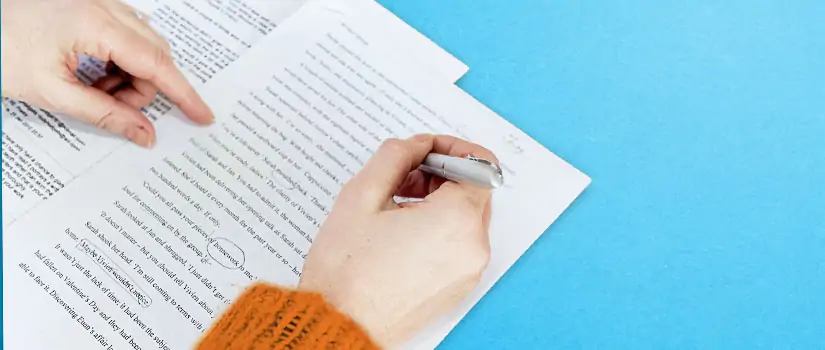Apostrophe is a big word for a such a little symbol. Apostrophes have a couple typical uses: to form possessive nouns (the cat’s collar) or form contractions/replace omitted letters (can’t, don’t, won’t, the ‘70s). Simple in theory, complicated in execution. From primary school through college graduation, apostrophes are one of the main grammar issues found in academic compositions.
As with any language convention, there are rules to using apostrophes, and a number of commonly made mistakes. Check our list below to make sure you’re using apostrophes appropriately. When in doubt, leave them out! Or run them through Citation Machine’s paper checker!
Possessive Nouns
There are a few different ways to use apostrophes with possessive nouns.
To create a singular possessive noun, add an ’s (apostrophe + s).
- The student’s
- The girl’s
- The tent’s
- The zebra’s
To create a possessive plural noun that ends in s, just add an ’ (apostrophe).
- The students’
- The girls’
- The tents’
- The zebras’
To create a possessive plural noun that ends in any other letter than an s, add an ’s (apostrophe + s).
- The people’s
- The mice’s
To create a possessive proper noun that ends in an s, just add an ’ (apostrophe).
- We’re going to Lucas’ game tomorrow.
- Las Vegas’ airport is really busy tonight.
Contractions
Use an apostrophe to create contractions. Replace the letter that you removed with an apostrophe. For example, if you want to turn “is not” into a contraction, you’ll replace the o with an apostrophe to make “isn’t.”
- Sarah is going to the beach. → Sarah’s going to the beach.
- He cannot join the club. → He can’t join the club.
- Do not enter that building. → Don’t enter that building.
Omitted Letters
Aside from using apostrophes to create contractions, you should also use them when letters are otherwise omitted, like in slang language or to describe a decade.
- That type of music was popular in the 1970s → That type of music was popular in the ‘70s.
- I’m not telling you anything! → I’m not tellin’ you anythin’!
Common Apostrophe Mistakes
Because apostrophes are used in so many different ways, it’s easy to make a mistake by omitting them or using them unnecessarily.
Avoid the grocer’s apostrophe: using an apostrophe unnecessarily for a plural noun.
- Ex: Buy 2 carrot’s get one free!
Exception: Use an apostrophe when making a singular letter or number plural.
- Ex: Cross your t’s and dot your i’s, mind your p’s and q’s.
Don’t use apostrophes with possessive pronouns, like him, theirs, or your.
- Ex: Your’s is more expensive.
Don’t forget that in addition to writing well, you should always cite your sources. CitationMachine.net can help! You’ll find an APA citation generator, information on MLA formatting, tools for creating a Chicago style citation, and more!
Under Writing
